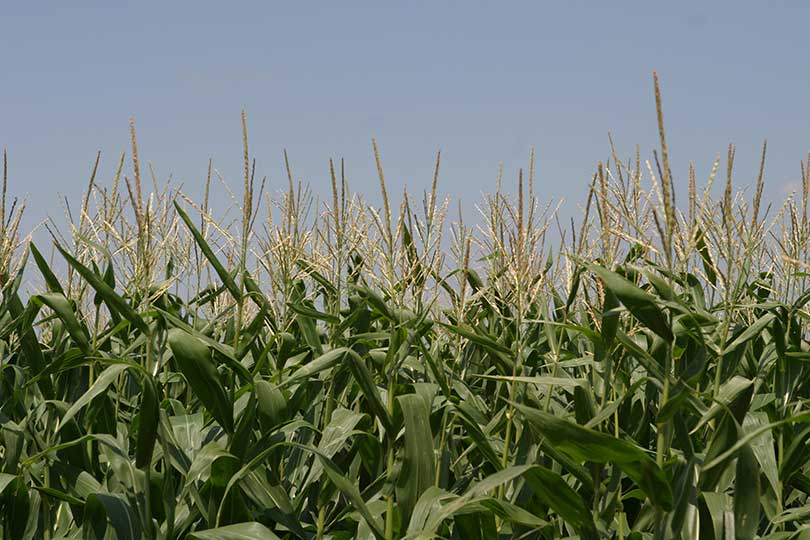The U.S. Department of Agriculture’s Prospective Plantings Report released yesterday suggests low prices for corn and rice will continue, extending the current, two-year farm downturn through the end of 2016, if not beyond.
“The report really highlights how challenging the market is right now for major crops,” said John Anderson, deputy chief economist of the American Farm Bureau Federation. “We currently have adequate supplies both in the U.S. and globally in these commodities. It doesn’t look as though that will change. If we have normal yields, that supply side pressure will not ease up much.”
The 93.6 million acre prospective plantings figure for corn is up from 88.6 million acres planted last year, or close to three times the expected increase of 2 million acres.
The December corn contract on the Chicago Mercantile Exchange dropped by about 15 cents to approximately $3.70 per bushel within a few minutes of the report’s release.
The soybean prospective plantings figure came in at 82.236 million acres—on the low side of expectations, but still above some forecasts that had predicted just under 82 million acres.
Wheat acreage was also smaller than expectations. Winter and spring varieties combined were reported at 49.559 million acres. Pre-report estimates covered a wide range but averaged around 51.5 million acres. None of the publicly-released estimates were below 50 million acres. Wheat, like soy, however, will not likely increase greatly in price as long as corn surpluses remain.
Rice prospective plantings were well above market expectations at 3.064 million acres vs. USDA’s projected rice plantings at 2.8 million acres. If this projection holds, it will be the first time since 2010 that rice acreage has topped 3 million acres. Recent tightening of world rice supplies may limit the damage from today’s report, but forecasts still suggest significant price drops are on the way.

